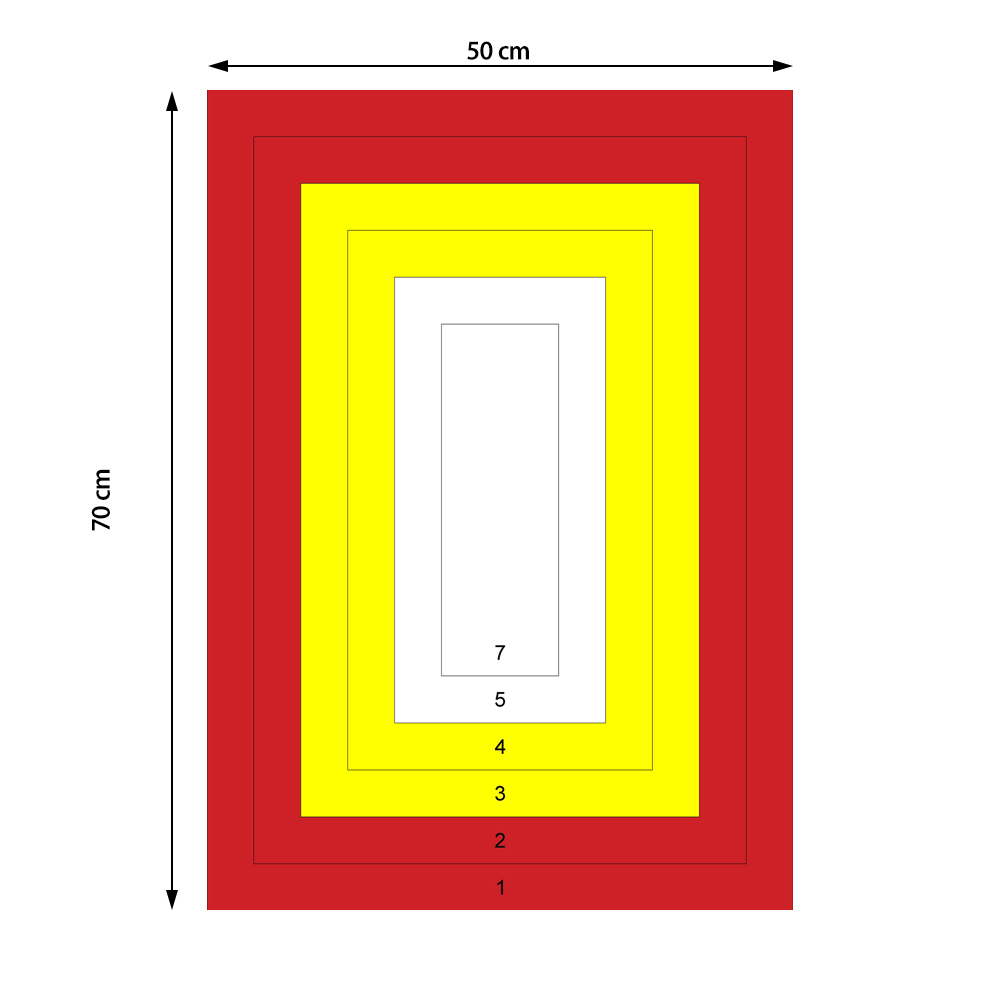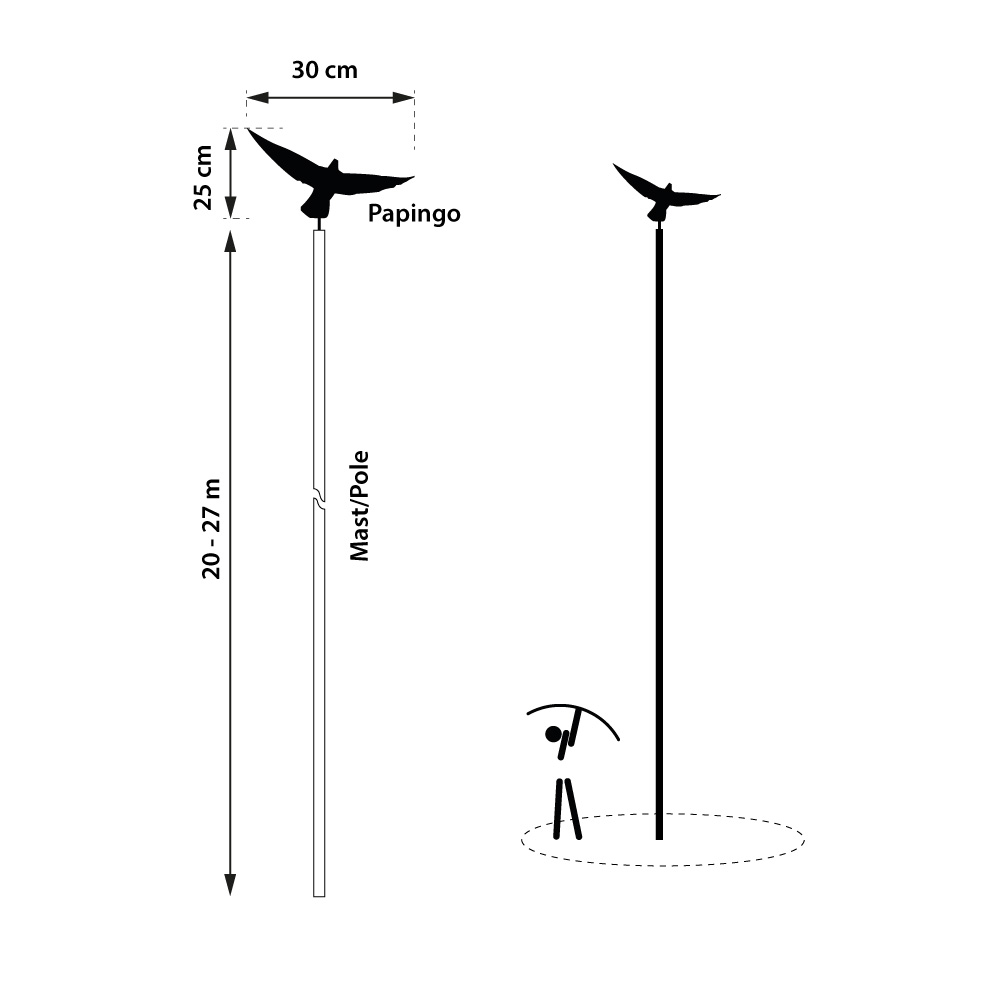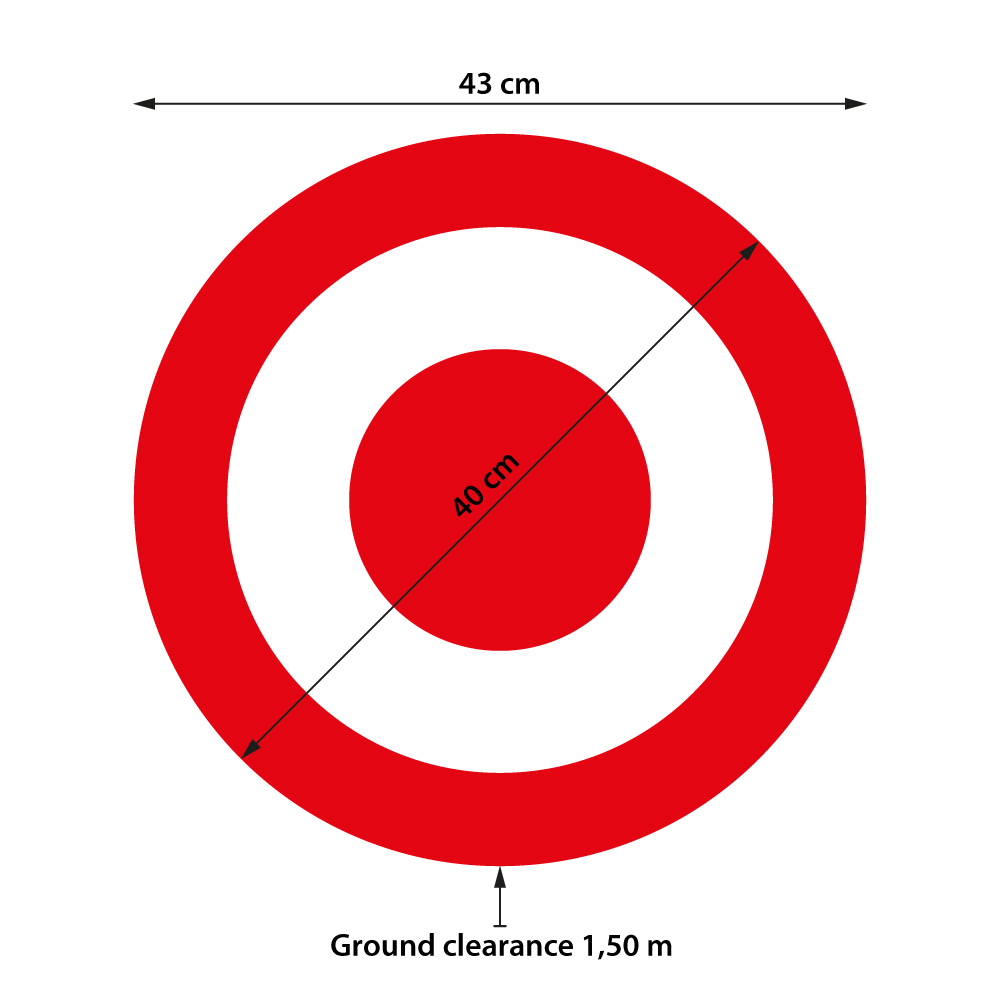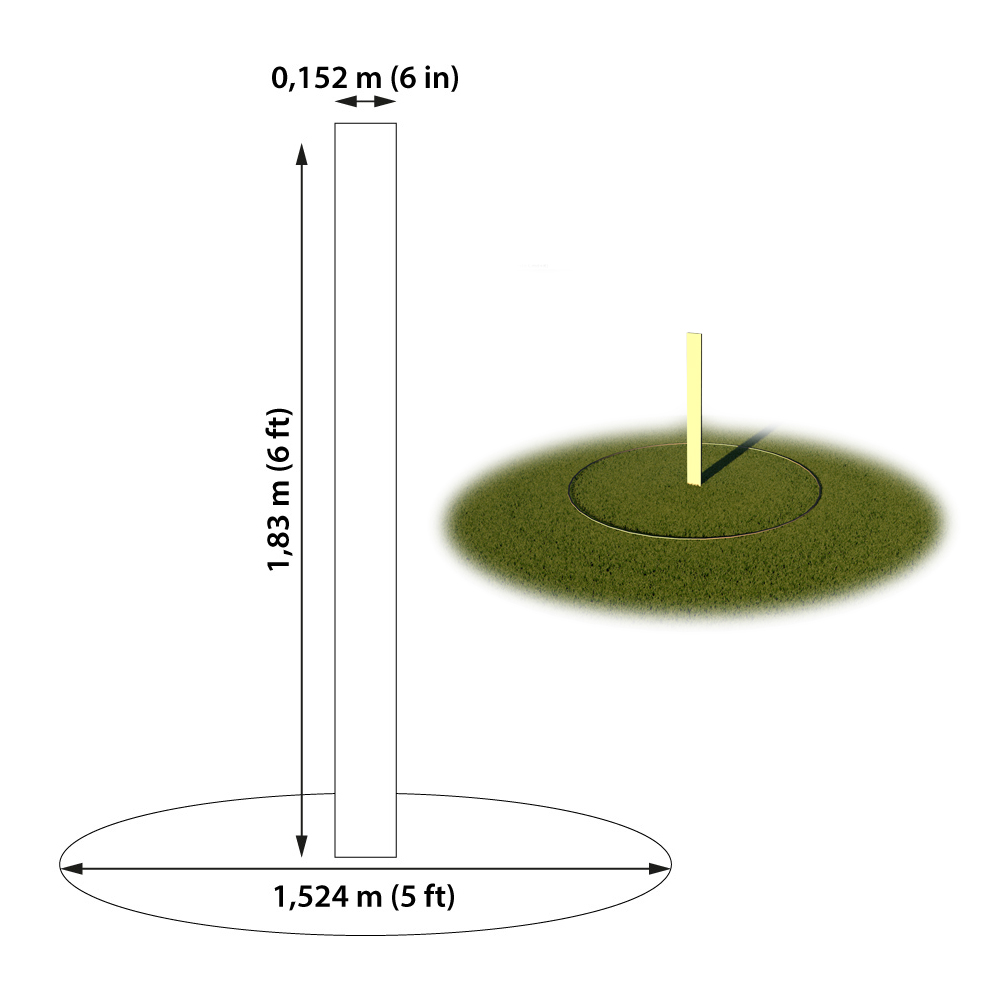. . .
Category: Europe
Adaptation for T.A.I.
Shooting Distance: 40 m
5 arrows are to shoot
Origin: France
Diameter: 60,69 cm (2ft)
91,44 cm (3ft)
121,92 cm (4ft)
Adaptation for T.A.I. Shooting Distance: 40, 60, 80 m The bigger the diameter the longer the distance 5 arrows are to shoot
Historical background:
It is not know exactly, when the target face with the concentric rings were invented. Historically, archers shot at a mark on a butt and were scored in various ways, such as on whether you hit the butt, the mark or by seeing who’s arrows came closest to the mark. Targets with concentric rings may date back to 1400s. They existed in the mid 1700s, and by 1781 some archery contests were scored based on numeric values assigned to each ring, but were also judged on the number of hits to the target overall rather than the rings, a practice which continued through the 1800’s. Even today, many archery contests still record the total number of hits in addition to the ring-based numerical score. Also known is, by 1792, three sizes developed, 2, 3, and 4 feet in diameter. These were shot at distances of 60, 80 and 100 yards according to their sizes.
Pole height: 20 – 27 m
Papingo Size: prox. 25 x 30 x 5 cm
Adaptation for T.A.I. Shooting distance: prox. 18 - 25 m Shooting position: 2 - 3 m away from the pole max. 3 Arrows to shoot
The archery form of popinjay dates back to at least the fifteenth century. The annual papingo (popinjay) tournament of the Ancient Society of Kilwinning Archers, of Ayrshire in Scotland, takes place at Kilwinning Abbey, with the “Papingo target” on the end of a pole projecting from the top of the tower. The event is believed to have been running since 1488, though the earliest records are attested in a minute of the society dated September 1688.
There were different ways to shoot a Popinjay: One Bird on a mast/pole or there was a set of birds on perches. The object of popinjay is to knock artificial birds off their perches. The perches are cross-pieces on top of a 90-foot (27 m) mast. The “cock” (the largest bird) is set on the top cross piece. Four smaller “hens” are set on the next crosspiece down. Two dozen or so “chicks” (the smallest birds) are set on the lower cross pieces. (according to the Grand National Archery Society UK (GNAS)
The archer stands near the base of the mast and shoots arrows upwards at the birds. The arrows are tipped with rubber blunts rather than sharp points. The blunts are between 0.75 inches (19 mm) and 1-inch (25 mm) in diameter.
Diameter: 40 cm
Ground clearance: 1,50 m
Adaptation for T.A.I.
Shooting distance: is given
Children may shoot half distance
3 arrows per Target are to shoot
3 targets to shoot - 1st: standing frontal, 2nd: kneeling,
3rd: standing with the back to the targets
Usually there are 3 sets of these targets in a given distance.. The archer shoots each target from 3 different positions (Standing frontally, kneeling and facing with your back). The archer shoots 5 arrows from each position. This shooting will be done 2 times (2 rounds = 90 arrows to be shot). All competitions are shot in a given order in one sequence without breaks or checking or training. The maximum number of points to be scored will be 900 points for the scoring 10/8/5 point (inner to outer ring) The archery target with a common three-zone layout, with specially enlarged central zone that favors shooting and sub-missionary archers (means instinctive archers) by increasing the chance of getting the maximum score, even with a larger spread of hits.
Source: Karol Pisarkiewicz, PSŁT, Poland
Width: 15,2 cm
Height: 183 cm
Adaptation for T.A.I.
Shooting distance: 30 - 100 m
6 Arrows are to shoot
Historical Background:
In England archers startet to practice at seven years of age and were expected to hit the Mark with the use of a War Bow at 220 yards, by the time they were 15 years of age. To achieve this you set up the wand at a short distance first, as your Archers got the hang of hitting it regularly, you then moved the wand outor increased the distance, usually by ten yards at a time until your archers by age and skill could hit the wand or mark at 220 yards or (Artillery shot) battle shot. The ancient word for Archery is “Artillerie”.
The willow ‘wand’ represented an enemy of course, but would be much harder to hit being so narrow, especially with an English Longbow. Competitive Wand Shoots are very rare these days, but in the area of Surrey, archers still shoot this competition. 100 yards for the Gents, 80 yards for the Ladies, and 60 yards for the juniors 60 yard is the shooting distance. The ‘wand’ is set in a ground circle with a diameter of 5 ft. A ‘wand’ hit scores 5 points and a hit in the circle still makes 1 point. There are also other competitions held by AOTT (Archers of the Tees) where you shoot from in a given order from different distances.





